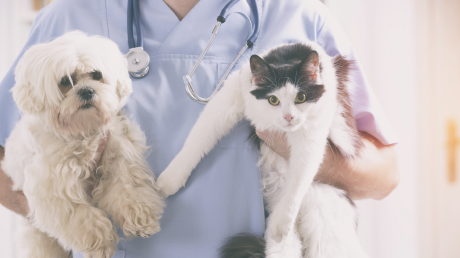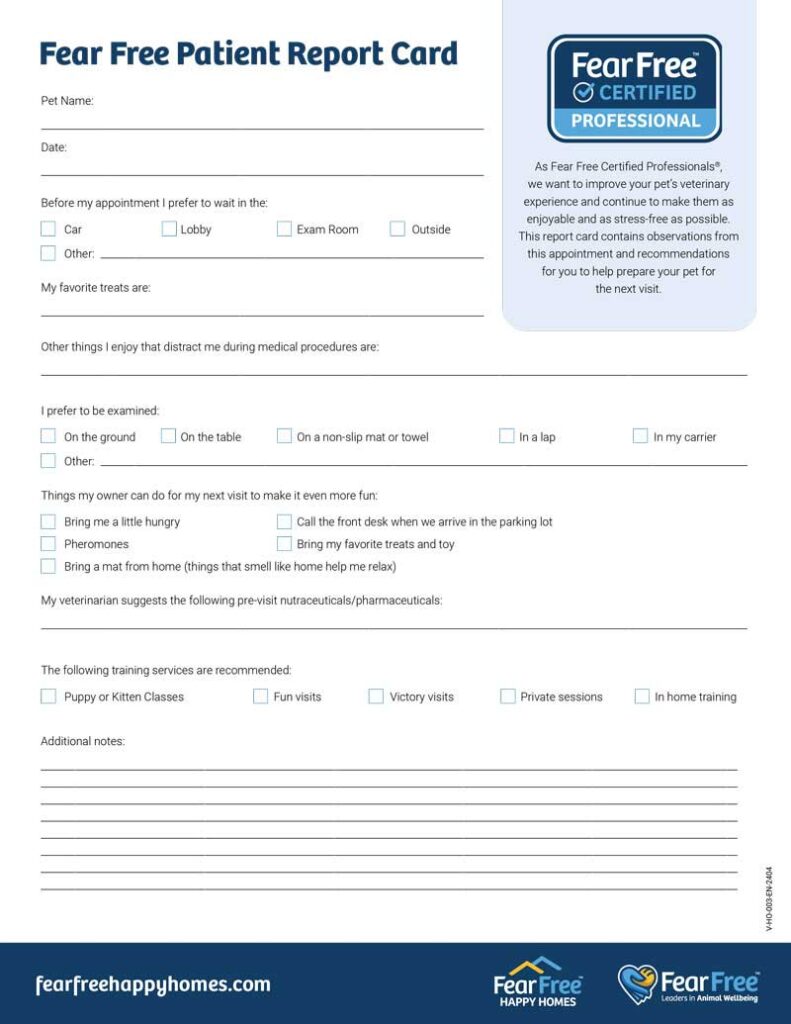
Fear Free Patient Report Card
When it comes to creating Fear Free veterinary visits, thinking about a patient’s individual needs is critical. Communicating those needs to the pet’s owner is also very important, as many of the pet’s preferences and behavioral tendencies carry over into other aspects of the pet’s life and future veterinary visits.
As somewhat of a client-friendly variation of a pet’s emotional record, use this digitally fillable or printable Fear Free Report Card to help connect with the client and ensure they go home with an understanding of their pet’s needs and emotional health while at the veterinarian.
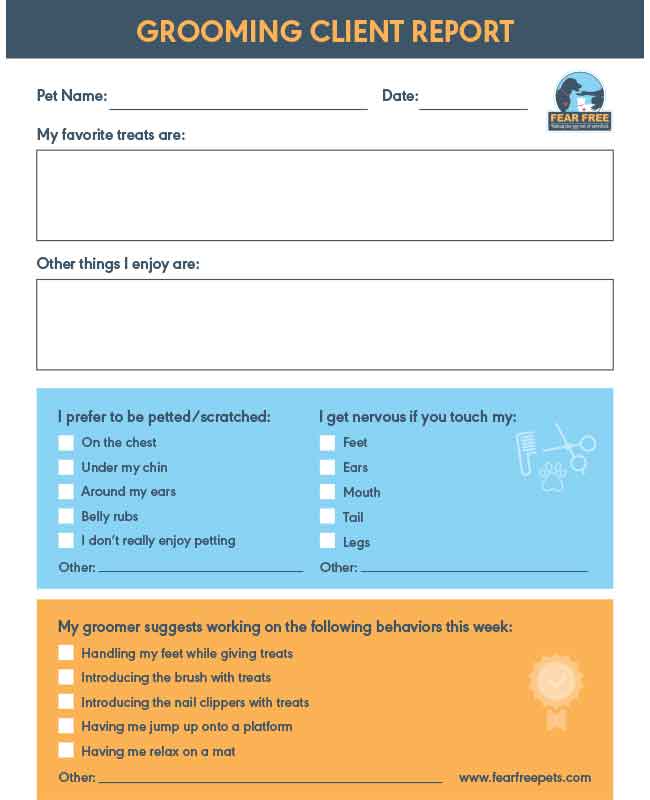
Fear Free Groomer Client Report Card
Use this report card to take your grooming service to the next level. This report card lets your clients know you value their pet and strive to give them the most Fear Free grooming experience possible. You can mark what their pet enjoyed, what treats you gave them, any sensitive areas they may have, and even additional behaviors owners can work on to make their next grooming experience even better.
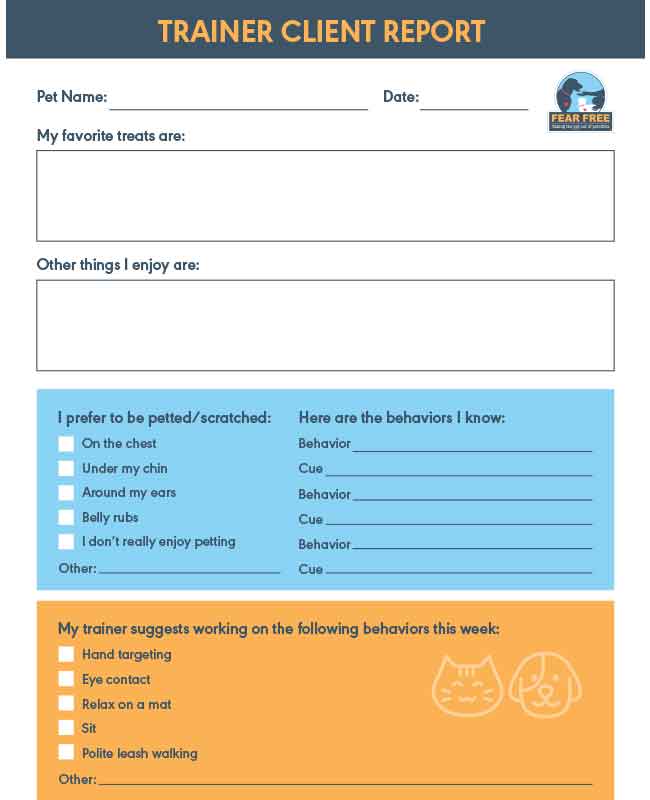
Fear Free Trainer Client Report Card
This report card can help you educate your training clients and help increase compliance. Mark what treats and activities their pet enjoys, what behaviors and ques they already know, and what behaviors they should work on.

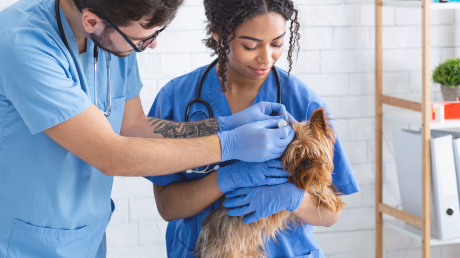

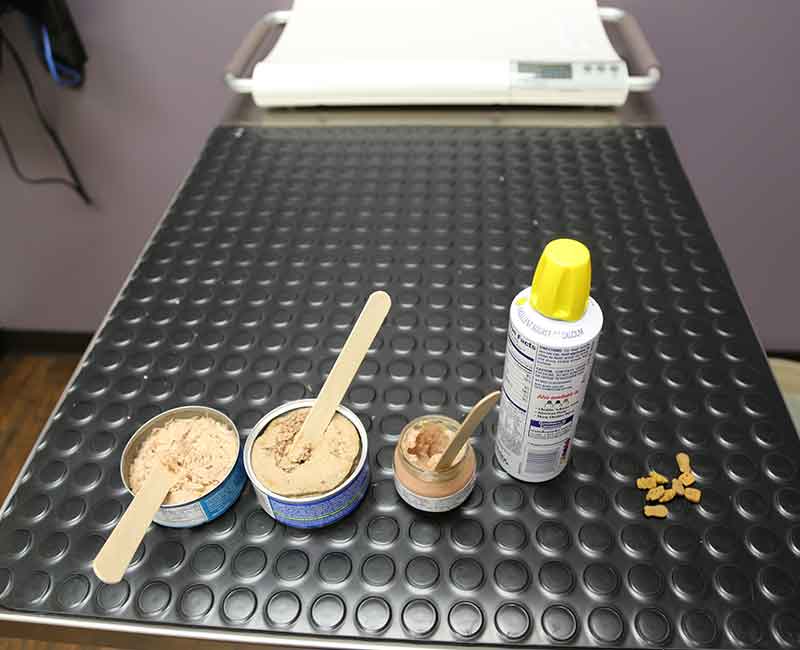
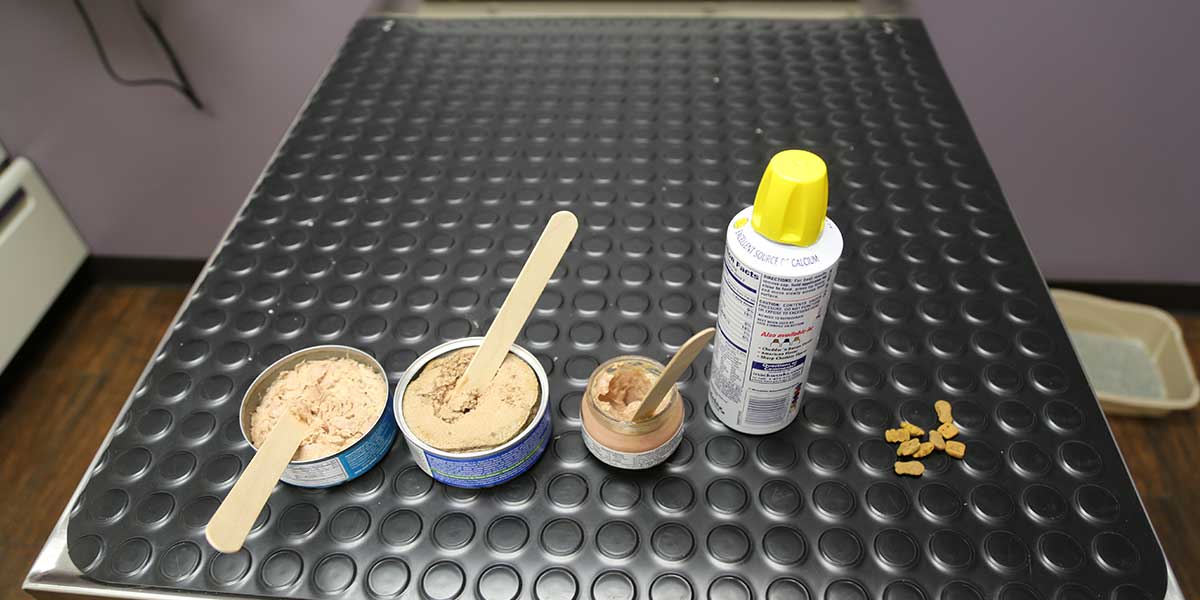 When many people think of a happy dog or a blissful cat, often images of a treat-spoiled dog or cat basking in the presence of some catnip come to mind. And it’s true. cats and dogs love those things. But when used in the right context, these seemingly simple little joys can be more than just recreational forms of happiness for our best friends. When it comes to reducing fear, anxiety, and stress in our pets during veterinary visits, the right use of treats and other tactics can make for powerful tools. In this podcast, featuring Dr. Natalie Marks of Blum Animal Hospital and Dr. John Talmadge of Bigger Road Veterinary Clinic, we talk about the treat ladder’s literal role in creating a Fear Free veterinary visit as well as its part in the larger Fear Free ideology and approach.
When many people think of a happy dog or a blissful cat, often images of a treat-spoiled dog or cat basking in the presence of some catnip come to mind. And it’s true. cats and dogs love those things. But when used in the right context, these seemingly simple little joys can be more than just recreational forms of happiness for our best friends. When it comes to reducing fear, anxiety, and stress in our pets during veterinary visits, the right use of treats and other tactics can make for powerful tools. In this podcast, featuring Dr. Natalie Marks of Blum Animal Hospital and Dr. John Talmadge of Bigger Road Veterinary Clinic, we talk about the treat ladder’s literal role in creating a Fear Free veterinary visit as well as its part in the larger Fear Free ideology and approach.
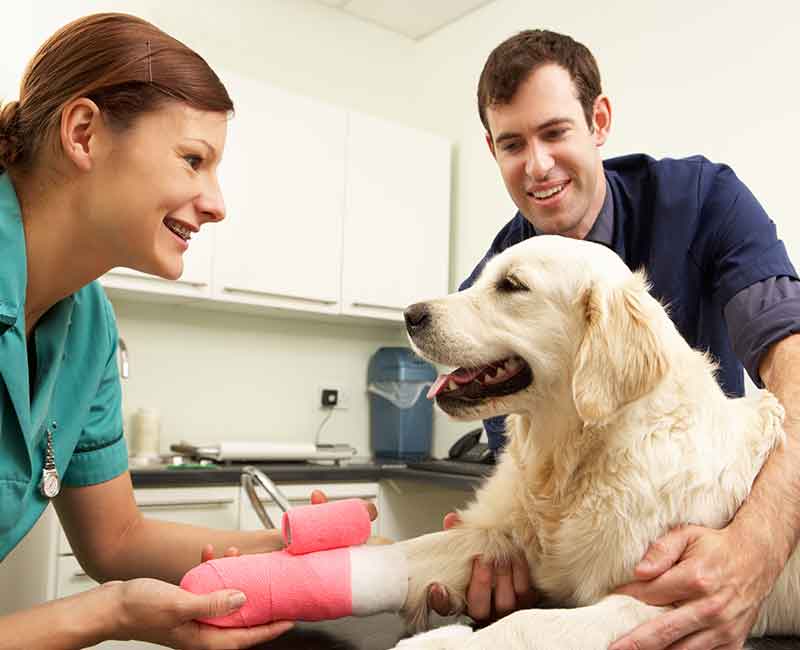
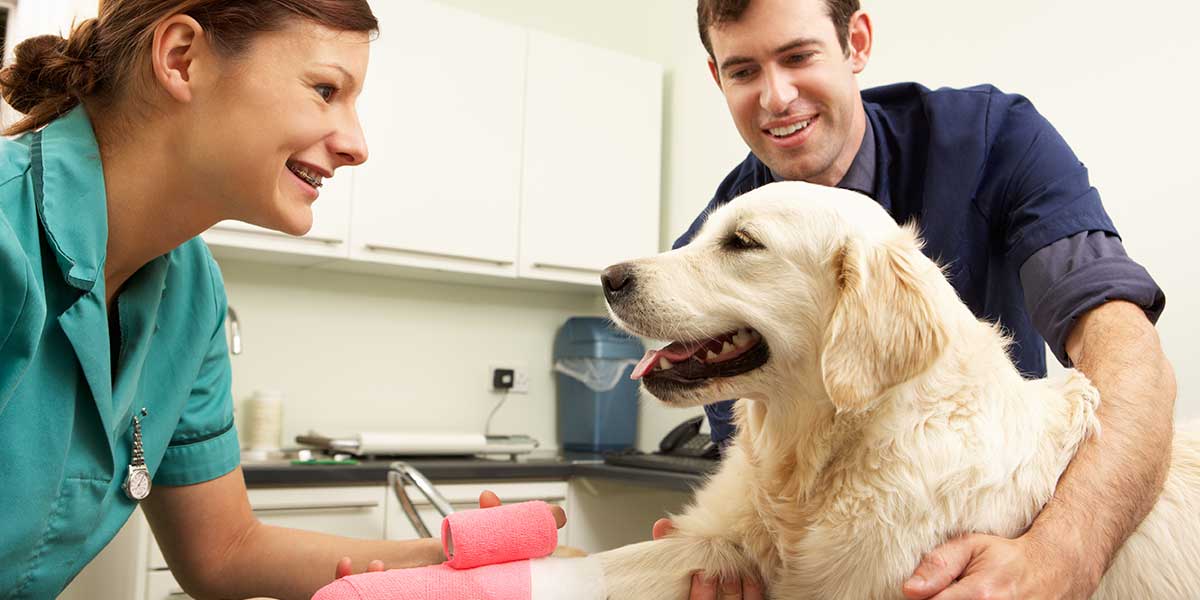 It can often be said that technicians are the backbone of the veterinary clinic. They spend their days (and nights) in the trenches and see little of the glamour of veterinary medicine – if there is such a thing. With Fear Free certifications blossoming around the country (and world), it’s important to understand how technicians play a role in the Fear Free process. In this podcast, hear firsthand from two leading Fear Free certified technicians, Emily Korber and Tabitha Sias Kucera, talk about the role technicians play in Fear Free.
It can often be said that technicians are the backbone of the veterinary clinic. They spend their days (and nights) in the trenches and see little of the glamour of veterinary medicine – if there is such a thing. With Fear Free certifications blossoming around the country (and world), it’s important to understand how technicians play a role in the Fear Free process. In this podcast, hear firsthand from two leading Fear Free certified technicians, Emily Korber and Tabitha Sias Kucera, talk about the role technicians play in Fear Free.
